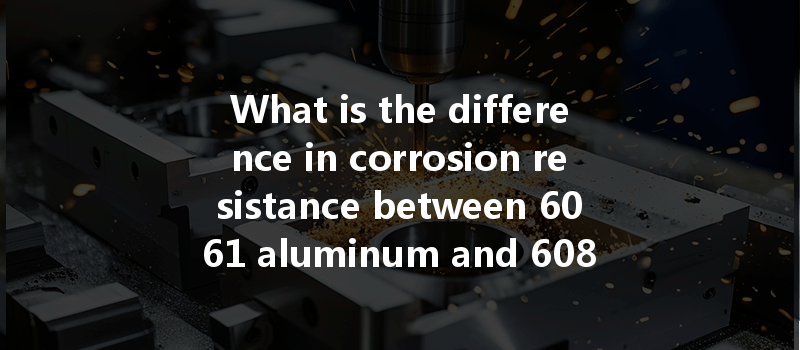Did you know that nearly 75% of all aluminum produced in the world is used in some form of recycling? This statistic not only highlights the metal’s versatility but also draws attention to its importance in various industries, especially in aerospace, automotive, and construction. Among the various grades of aluminum, 6061 and 6082 alloys are favorites for CNC machining due to their excellent mechanical properties and corrosion resistance, but many are unsure of how they differ in this critical area.
In this blog, we will delve deeply into the corrosion resistance of both 6061 and 6082 aluminum alloys, providing insights into their unique characteristics, applications, and ways to effectively prevent corrosion in these materials. This comprehensive guide will help you make informed decisions, whether you’re a material engineer, a designer, or someone interested in aluminum’s practical applications.
Aluminum alloys are categorized into two main groups: wrought and cast alloys. Each type has hundreds of specific grades that suit different applications. 6061 and 6082 are two popular wrought aluminum alloys, widely used in engineering and manufacturing due to their unique characteristics.
Aluminum is inherently resistant to corrosion due to a protective oxide layer that forms on its surface. However, different alloys display varying levels of corrosion resistance based on their elemental composition and subsequent heat treatment.
Corrosion is a natural process that deteriorates materials due to chemical reactions with environmental elements such as moisture and oxygen. When aluminum alloys corrode, they not only lose their aesthetic qualities but also suffer from reduced structural integrity. Understanding the different types of corrosion is crucial when selecting materials for various applications.
Types of Corrosion
Understanding these forms of corrosion is essential when considering design and material selection for any engineering project.
6061 aluminum is one of the most commonly used grades. It is categorized as a heat-treatable alloy with the following characteristics:
6082 is also a heat-treatable aluminum alloy but comes with some distinctive properties:
When discussing corrosion resistance, it’s crucial to analyze specific metrics tied to each alloy’s elemental makeup and their reactions in different environments.
5.1 Chemical Composition
5.2 Environmental Performance

Summary:
In environments prone to corrosion, including marine and industrial settings, 6082 aluminum alloy offers a more reliable choice due to its superior corrosion characteristics compared to 6061 aluminum.
Now that we have established the differences in corrosion resistance between 6061 and 6082 aluminum, it is vital to consider the prevalent types of corrosion and the corresponding preventive measures that can be employed.
6.1 Pitting Corrosion Prevention
6.2 Galvanic Corrosion Prevention
6.3 Crevice Corrosion Prevention
6.4 Intergranular Corrosion Prevention
6.5 Uniform Corrosion Prevention
Both 6061 and 6082 aluminum alloys have unique applications that leverage their properties, including corrosion resistance.
7.1 6061 Aluminum Alloy Applications
7.2 6082 Aluminum Alloy Applications
To maximize the lifespan and performance of both 6061 and 6082 aluminum alloys, it is crucial to adopt best practices for maintenance.
8.1 Regular Inspections
Conduct routine visual inspections to readily identify signs of corrosion or surface degradation.
8.2 Surface Treatments
Engaging in surface treatments like anodizing can significantly enhance corrosion resistance.
8.3 Environmental Control
Limiting exposure to harsh environmental conditions by strategically placing materials or using protective barriers can help preserve integrity.
In summary, the differences in corrosion resistance between 6061 and 6082 aluminum alloys can significantly affect the choice of materials for specific applications. Understanding these differences, from their elemental compositions to the types of corrosion they may face in various environments, ensures that you make informed decisions when selecting aluminum for your projects.
Both alloys offer unique benefits, and their distinct characteristics can work well in different scenarios. However, for projects in aggressive environments, 6082 aluminum alloy may offer the better corrosion resistance, making it a more reliable choice in the long run.
As we move forward in industries that increasingly prioritize sustainability and material longevity, understanding the science behind materials like aluminum alloys is more crucial than ever. As a reader, your newfound knowledge equips you to discuss and choose the best alloy for your projects while considering the long-term implications of corrosion resistance.
Remember, effective material selection not only ensures optimal performance but also contributes to cost-saving strategies by reducing maintenance and replacement costs.






